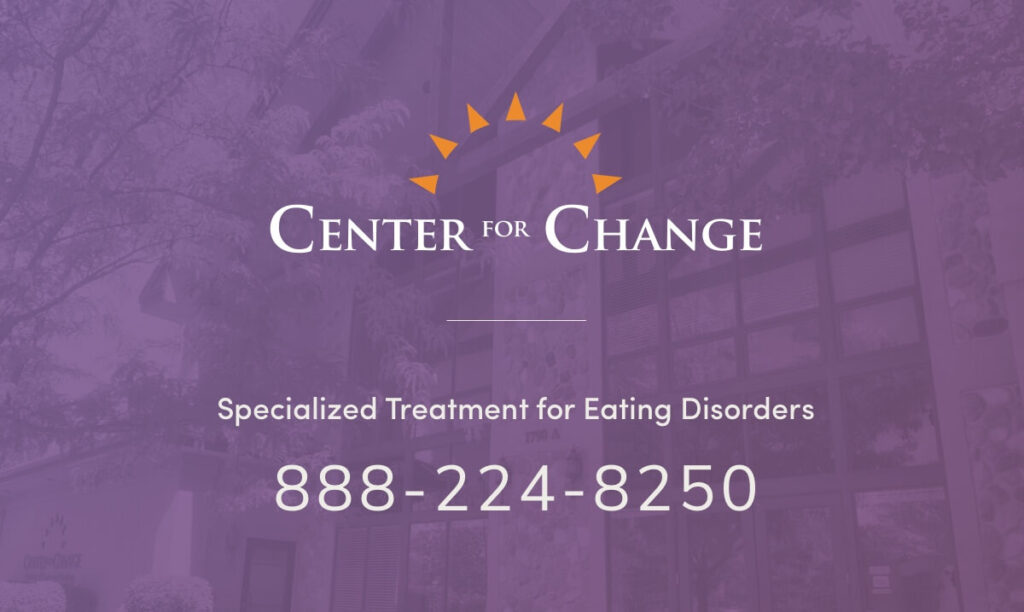Please note that this is an Archived article and may contain content that is out of date. The use of she/her/hers pronouns in some articles is not intended to be exclusionary. Eating disorders can affect people of all genders, ages, races, religions, ethnicities, sexual orientations, body shapes, and weights.
By Quinn Nystrom, MS
When I first went to residential treatment for my eating disorder in 2012, we had a lot of educational classes that we attended. One of those was substance abuse. My therapist had put me in that class, which I was confused about because I never considered myself to have a substance abuse issue. Yes, alcoholism ran in my family, but me, no way. I drank socially with friends and, on a rare occasion, may have a couple of too many drinks…but what early 20-year-old hadn’t had one or two of those experiences?
 I learned that alcohol abuse and eating disorders are deadly on their own but will increase the health risks and premature death when they’re co-occurring. I was diagnosed with bulimia, and research has shown that 8 to 41 percent have a substance use disorder. At the same time, people with anorexia can co-occur in 2 to 10 percent of individuals. We know that individuals who are diagnosed with these co-occurring illnesses have worse symptoms and poorer outcomes than those with an eating disorder alone. Research has also shown that these patients have increased complications, longer recovery times, and a higher relapse rate.
I learned that alcohol abuse and eating disorders are deadly on their own but will increase the health risks and premature death when they’re co-occurring. I was diagnosed with bulimia, and research has shown that 8 to 41 percent have a substance use disorder. At the same time, people with anorexia can co-occur in 2 to 10 percent of individuals. We know that individuals who are diagnosed with these co-occurring illnesses have worse symptoms and poorer outcomes than those with an eating disorder alone. Research has also shown that these patients have increased complications, longer recovery times, and a higher relapse rate.
Before leaving residential treatment, the woman who ran our Substance Abuse group pulled me over to the side. She had gotten to know me well over the past 60 days. She told me, “I’m not telling you, Quinn, that you have alcoholism. I’m telling you that it’s clear that you struggle with alcohol abuse. It’s your decision to leave here if you want to mitigate risk in your future by making a wise choice now to be substance-free.” I wish I could tell you I took her advice, but I did not. I thought I knew better. What happened in the years following was that I was able to find recovery for my bulimia, but once that was in the rear-view mirror, alcohol started rearing its head into my life. I used to use bulimia as a way to cope with my life. When things got too harsh, or I wanted to exit out of feeling complex emotions, I hit the lever of eating disorder behaviors to go numb. Now that I didn’t have that coping mechanism, I turned to alcohol. Over the years, what seemed an innocent thing to do took more of a stronghold. I started to use it like I did with bulimia….as a lever I would pull when life was too harsh for me.
I experienced painful consequences because I did not listen to that kind of woman in 2012. After many years of struggling, I made the hard decision to commit to a life of sobriety. This past week, I accepted my yearly medallion from my sponsor. I remember always thinking, “How could I go the rest of my life without drinking alcohol?” Now I think, “My life is much richer and more fulfilled because I am not turning to any substances. I value myself now and have learned to love all parts of me.” The key for me to finding recovery from both illnesses is that, yes, I needed not to use substances, and I couldn’t engage in eating disorder behaviors. Still, at the core of it all, I needed to create a life I no longer required to escape from. I had to value myself enough to put up boundaries and keep to them, commit to self-care, and equally invest in my physical, emotional, and spiritual well-being.

